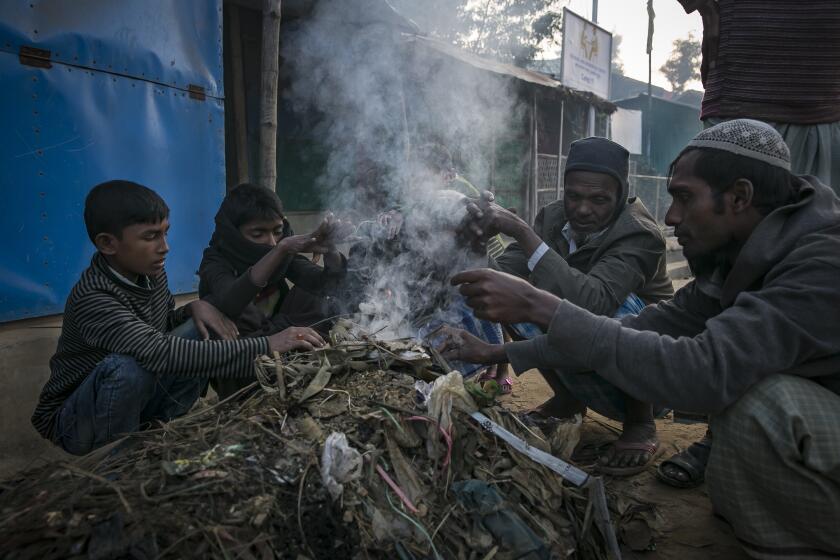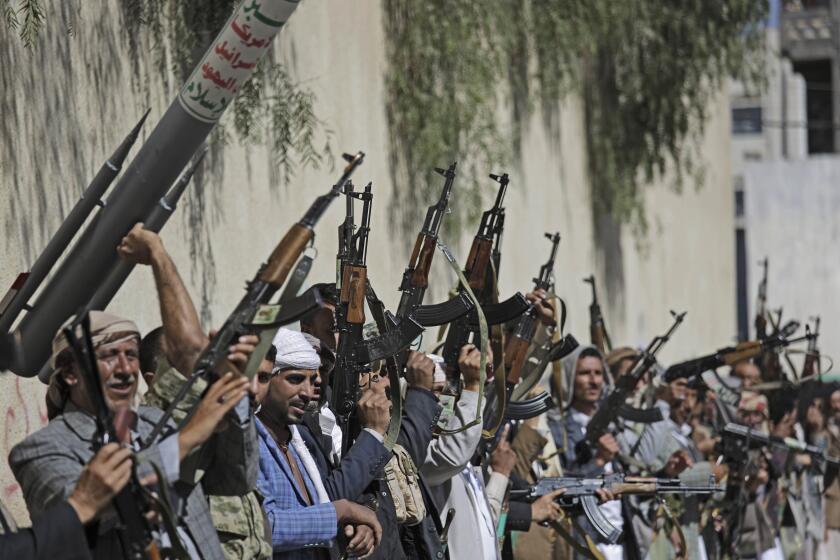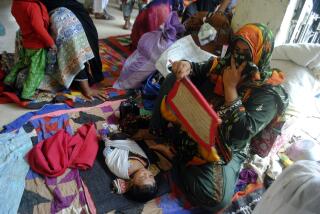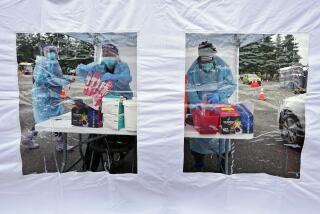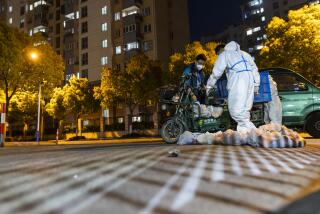Displaced by war and unrest, the world’s refugees now face threat of coronavirus
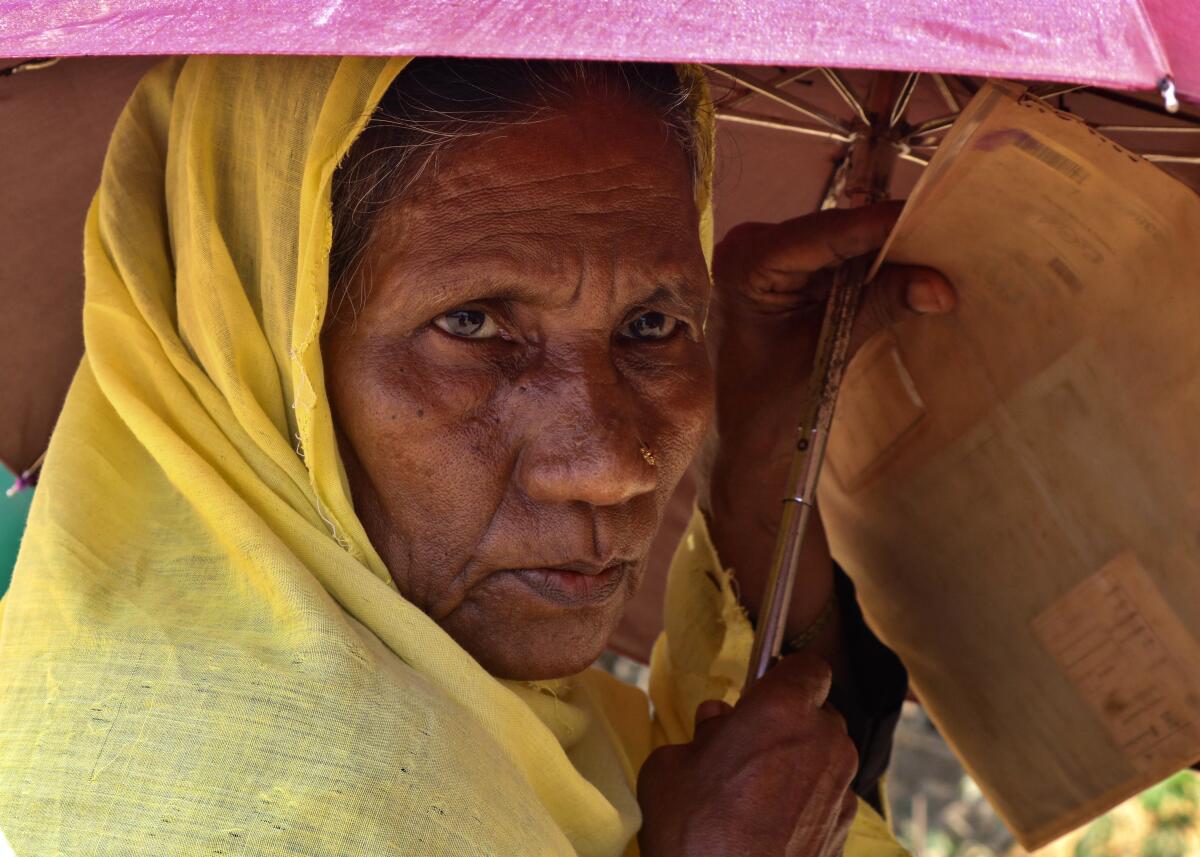
Driven from their homes by war and unrest, up to 10 million of the world’s 70 million refugees live in crowded camps and informal settlements. Now comes a new threat: the coronavirus rampaging across the globe.
Almost none of those who live in the refugee camps have been tested for the virus. While the relative isolation of many camps may have slowed the virus’ spread, none is hermetically sealed.
Without testing, the virus can spread unchecked until people start showing symptoms. If it does, there will be few if any intensive care beds or ventilators. There might not even be gloves or masks.
“Testing is in short supply even in New York and Norway, but it is nonexistent in most of the countries in the [global] south for the people we try to help,” said Jan Egeland, the head of the Norwegian Refugee Council.
Egeland’s group recently conducted a review of all 30 countries where it operates and found virtually no testing before people became sick.
The world faces a humanitarian crisis of historic proportions propelled by war and political instability, and so far has not devised workable remedies or programs.
In Syria’s war-ravaged Idlib province, only one small health facility is equipped to receive suspected coronavirus cases. In Bangladesh, aid workers are racing to build isolation facilities in the world’s largest refugee camp. In two sprawling camps in Kenya, Somalis who survived decades of famine and war fear the worst is yet to come.
“If it’s killing people daily in America, then what do you think will happen to us?” asked Mariam Abdi, a vegetable vendor in Kenya’s Dadaab camp, where 217,000 people live in endless rows of tents. “We will all perish.”
In many camps, cramped conditions and poor infrastructure can make it impossible to practice social distancing and frequent hand-washing.
There are no official figures for the number of refugees who live in camps, but Egeland estimates they make up 10% to 15% of all refugees and displaced people, a population the U.N. estimates at more than 70 million.
Refugees have already tested positive in Italy, Germany, Iran, Australia and Greece, where authorities said Tuesday that 150 people living in a quarantined hotel for asylum-seekers had contracted the coronavirus.
The coronavirus has already appeared in Syria, where the decade-long civil war has displaced more than half of the population of 23 million. At least 350 health facilities have been bombed, mostly by the government. More than 900 medical staff have been killed and countless more have fled.
But no cases have been reported yet in Syria’s northwestern Idlib province, where a government offensive displaced nearly a million people earlier this year and where authorities have carried out around 200 tests.
Zaher Sahloul, a Syrian physician based in Chicago who heads MedGlobal, an international health charity, calls that a “miracle” and says an outbreak there would be “catastrophic.”
Calls for coronavirus ceasefires have not halted Middle East battles
There’s been little if any testing in Cox’s Bazar, in Bangladesh, where more than a million members of Myanmar’s Rohingya Muslim minority are packed into the world’s largest refugee camp.
Kate White, the emergency medical coordinator for Doctors Without Borders, said there is “very limited testing capacity” in Bangladesh, and most is in the capital, Dhaka.
While cases have been reported in the district, none have been detected inside the camp.
The U.N. refugee agency is building isolation and treatment centers that can house 150 to 200 patients.
Sakina Khatun, who lives with her husband and seven children in a small bamboo and tarp home, said “the virus will kill everything it touches” if it enters the camps. “No doctors can save us then.”
There’s a similar sense of foreboding in conflict zones across Africa.
In Burkina Faso, 800,000 people have fled attacks by jihadis in recent months. The country’s fragile health system has only 60 intensive care beds and a handful of ventilators, for a population of around 20 million.
Aguirata Maiga says soap is so expensive for her that she has to choose between washing her children’s hands and their clothes.
In Kenya’s crowded Kakuma refugee camp, more than 190,000 Somali refugees live in tents and rely on 19 wells.
There is no coronavirus testing at Kakuma or Dadaab, said the IRC’s Kenya health coordinator, John Kiogora. There are no intensive care units or ventilators, either.
More to Read
Sign up for Essential California
The most important California stories and recommendations in your inbox every morning.
You may occasionally receive promotional content from the Los Angeles Times.
